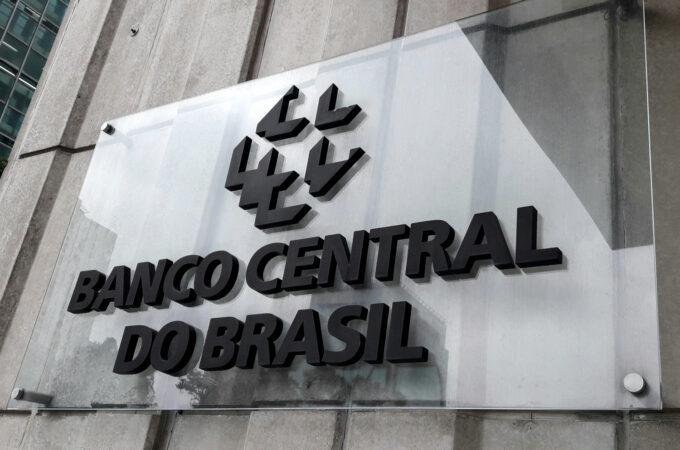
Digital Dollar Project Examines Risks and Policy Considerations for U.S. Banking Sector
The Digital Dollar Project (DDP) has released the first in a series of working papers focusing on risk and privacy concerns surrounding the adoption of a digital dollar. Titled “Secure Adoption of a Digital Dollar – Operational and Compliance Risks for the U.S. Banking Sector,” the paper presents a draft unified risk framework that explores the potential impacts on the private sector, specifically federal and state-chartered banks, in the context of a U.S. CBDC.
The report emphasizes the importance of striking a balance between the advantages of a digital dollar and the associated risks it may bring. Mitigating these risks effectively requires active engagement from the private sector and informed policy decisions by the U.S. government. The policy recommendations and findings presented in the paper are not exhaustive but serve as an initial step in understanding the operational implications of a U.S. digital dollar. The working paper addresses the risk framework and associated policy considerations across twelve risk-related themes:
- Token Provenance: Potential challenges in tracing financial institutions’ obligations and potential obfuscation of token provenance through mixers and tumblers.
- Onboarding Bad Actors: Potential reliance on customer onboarding and verification processes of other financial institutions, leading to inter-organizational dependencies.
- Counterfeit and Double Spend: Risks associated with counterfeiting existing tokens or creating fake tokens with new identifiers.
- Recordkeeping and Reporting: Difficulties in complying with federal recordkeeping rules due to the introduction of token-based systems and a variety of custodial arrangements.
- Convertibility: Currency and settlement risks related to converting digital dollars against foreign CBDCs, privately issued stablecoins, and traditional deposits.
- Erroneous and Misdirected Transactions: Challenges in recovering erroneous transactions and uncertainty surrounding existing regulations’ applicability to CBDCs.
- Digital Financial Literacy: Potential adoption challenges driven by a lack of customer familiarity with digital assets, including settlement finality and private key management.
- Custodial Key Management: Risks associated with mismanaging private keys in both custodial (by banks) and self-custodial (by customers) arrangements.
- Wallet Takeovers: Unauthorized access to customer wallets by bad actors, resulting in fund losses.
- Secure Infrastructure: Risks of network reliability issues, technical compromises, encryption errors, malware, DDoS attacks, and hardware breaches.
- Offline Transactions: Risks associated with offline payments bypassing anti-money laundering and counter-terrorist financing measures.
- Third-Party Management: Increased reliance on third-party services, infrastructure, and applications without direct monitoring or accountability.
In future iterations, the working group plans to expand its focus to evaluate potential risks in other sectors, such as money transfer operators, payment networks, and non-financial industries.





